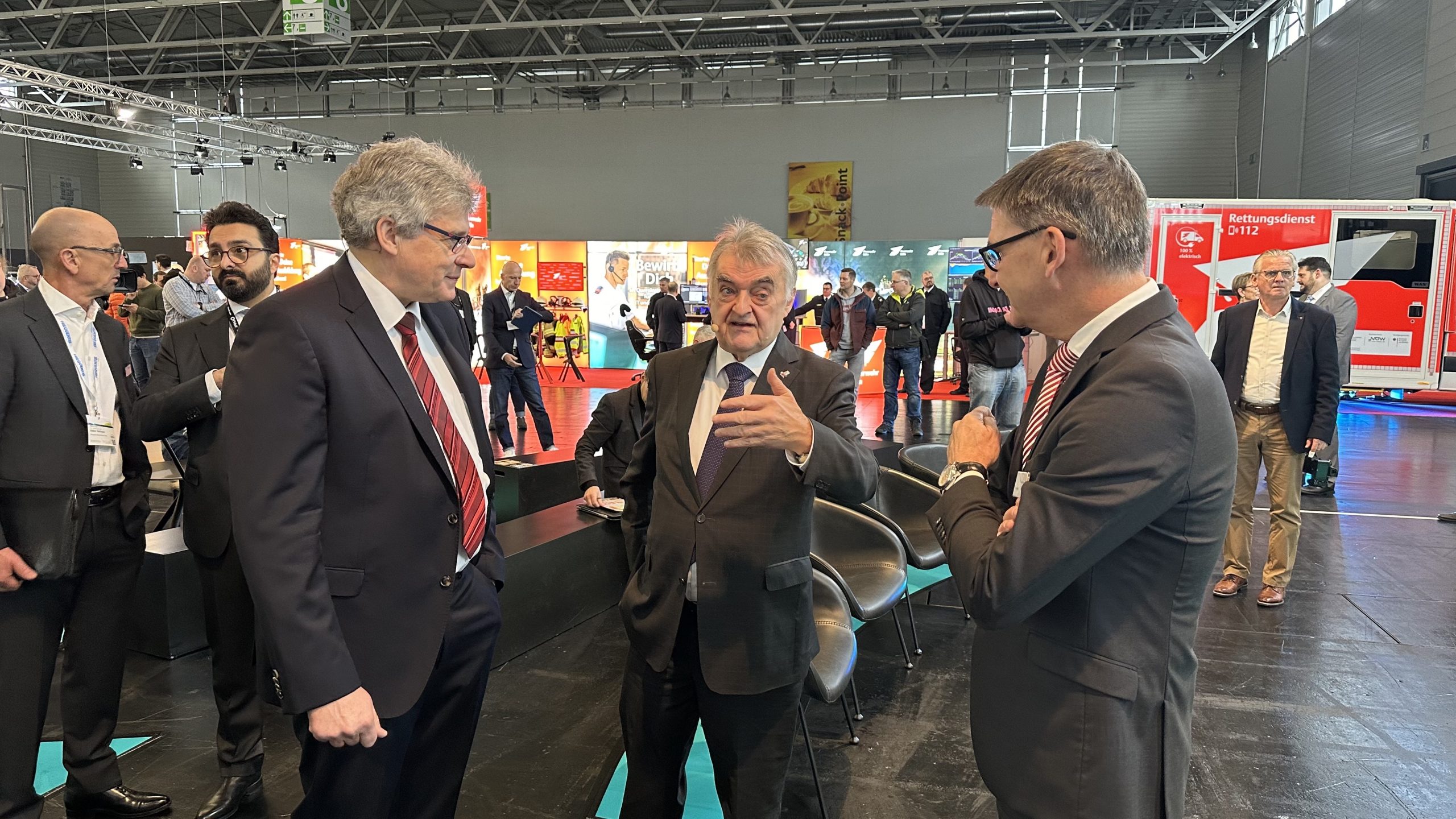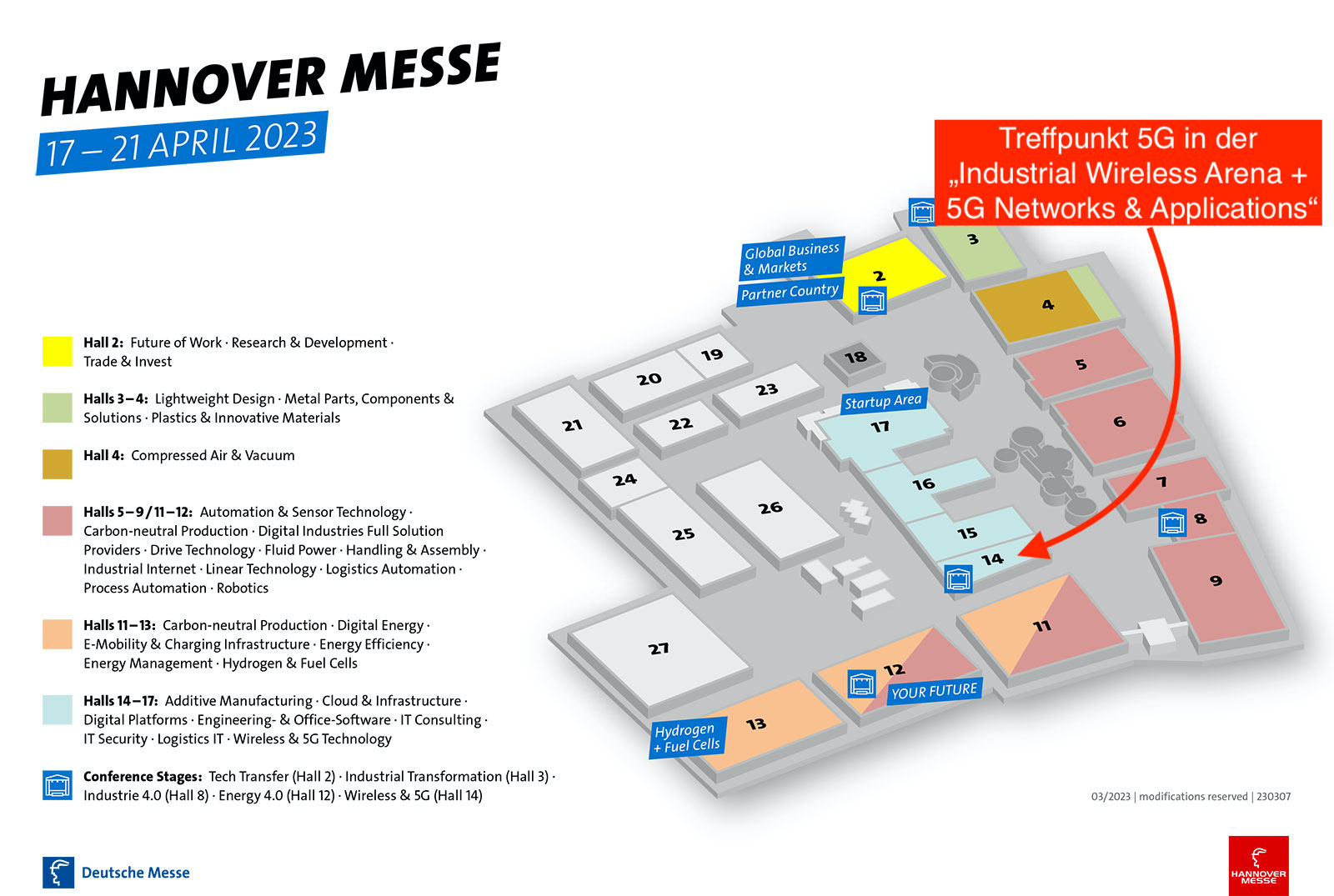The high-profile presentation of the new iPhone 12 with 5G technology is fuelling the discussion about the electromagnetic compatibility of 5G. (Picture: Apple)
What do the US election campaign, the Corona pandemic and 5G wireless technology have in common? They are all victims of conspiracy stories and myth-making. While science and the authorities are trying to present factual arguments, the question of acceptance could be helped by an unexpected source.
In the first critical phase of the corona pandemic, images of burning cell phone masts blazed through social networks and news coverage. Supporters of conspiracy stories had identified the new mobile phone standard 5G as an enemy image and thus not only ignited arsonists but also the discussion about the compatibility of “5G waves”. The fact that the destroyed communications systems were “only” LTE masts left nothing more than a stunned shake of the head.
But even beyond criminal and incomprehensible conspiracy theories, worries about the introduction of new technology are not uncommon and, if you look back in history, not always unfounded. But what about the danger of the “new” “5G waves”? Does something like LTE or 5G waves even exist? FUENF-G also addressed this question very early on. In his article “How dangerous are “5G-waves”” Harry Jacob draws a comparison with light of different wavelengths: Here nobody asks whether the red light of a traffic light is more dangerous than the white light of a headlight. To put it in a nutshell: The different mobile phone standards use different frequency bands, currently in the range of 700 MHz to 5 GHz (for a vivid graphic, see Harry’s article). This means that a designation of 5G or LTE waves is nonsense – LTE, for example, can take place in the 700 MHz band, in the 2.6 GHz band and also in different frequencies in between.
Take health concerns seriously
As an effect of electromagnetic radiation, it has so far only been proven that human tissue in the immediate vicinity of the device, for example, can heat up. If this is the case, the problem is not the radio mast, but rather the smartphone at the user’s ear. However, experts believe that even this effect is not harmful to health – not to mention remote M2M or IIoT applications. For this reason, both the International Commission for the Protection against Non-Ionizing Radiation and the Federal Office for Radiation Protection classify 5G technology as harmless if the limits are observed.
Nevertheless: concerns about tolerability must still be taken seriously in order to ensure acceptance by the general public and to confirm or disprove the current state of science by means of meaningful studies. This question of acceptance is also the background to the explicit welcome of a joint position paper of the Radio Spectrum Policy Group (RSPG) and the Body of European Regulators for Electronic Communications (BEREC) on 5G electromagnetic compatibility by the German Federal Network Agency.
“The Federal Network Agency checks compliance with the limits for health protection and publishes its measurements on the Internet. The limit values must also be observed for 5G. Regulatory monitoring and transparency of the results will further strengthen public acceptance of the new technology”.
Dr. Wilhelm Eschweiler, Vice President of the Federal Network Agency in Germany
Contents of the position paper
Background: The BEREC body is to coordinate the respective national regulatory practice by applying the European regulatory framework for electronic communications networks and services. Among other things, the internal market for this sector is to be promoted. The Federal Network Agency is involved in BEREC. The Radio Spectrum Policy Group (RSPG) is a body of governmental experts which supports the European Commission in an advisory capacity in the development of frequency policy. Germany is represented in this group by the Federal Ministry of Transport and Digital Infrastructure and the Federal Network Agency.
RSPG and BEREC represent the following positions:
- The applicable limits and guidelines of the International Commission on Non-Ionizing Radiation Protection (ICNIRP) from 2020 contribute to the protection of human beings in a transparent and scientific way.
- The development of new measurement methods for new mobile systems, including 5G, is welcomed in order to ensure that the most advanced technologies are always safely used.
- With the aim, inter alia, of ensuring confidence in radio technologies, including 5G, Member States are invited to ensure that measures are in place to monitor whether equipment installed by the operator complies with the set limits. – This is already good practice in Germany. The Federal Network Agency will continue to perform this task carefully in the future.
- The Member States and the European Commission are requested to publish transparent, factual and neutral information on electromagnetic compatibility issues.
- Member States are invited to take into account the concerns of citizens and to exchange information and best practices across Europe in order to contribute to a better public understanding of these issues and to promote transparency with regard to 5G technology.
Industry’s hopes for consumer technology
Despite all the support for the scientific approach, there are many hopes for the introduction of new, emotionally charged consumer products. The hope that a brand such as Apple and products such as the iPhone will be able to positively and emotionally “charge” the topic of 5G is probably not entirely unfounded. Both presentations of the new devices, at any rate, convinced Apple marketing of the benefits of the technology:
“Every previous generation of the iPhone has changed what people expect from a smartphone, and now, with 5G, the iPhone 12 Pro offers a new generation of performance. Our tight integration of hardware and software enables incredible computer-based photography features such as extending night mode to more lenses and support for HDR video with Dolby Vision. A state-of-the-art LiDAR scanner means users can experience AR like never before. It also supports the camera and enables faster autofocus in low light and portraits in night mode.”
Greg Joswiak, Apple’s senior vice president of worldwide marketing
Further contents
The Federal Network Agency was involved in the preparation of the above-mentioned position paper. It is published under RSPG and BEREC’s position paper on the electromagnetic compatibility of 5G and on the BEREC website








Leave A Comment